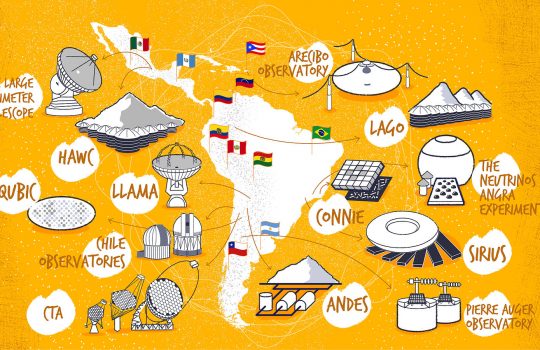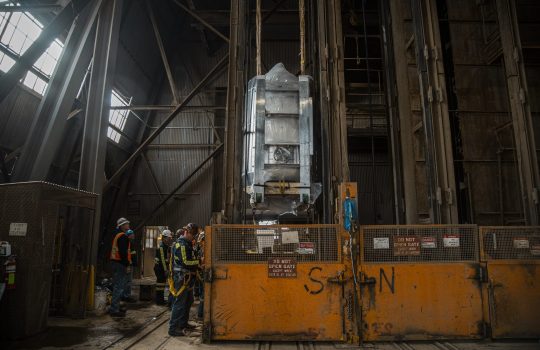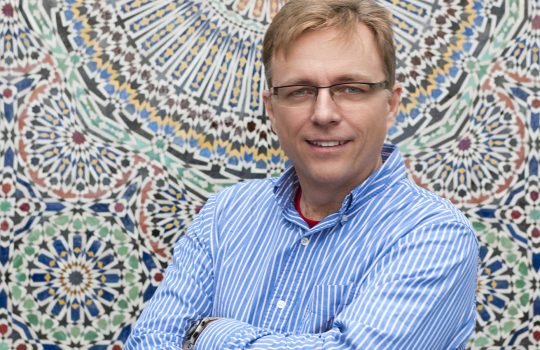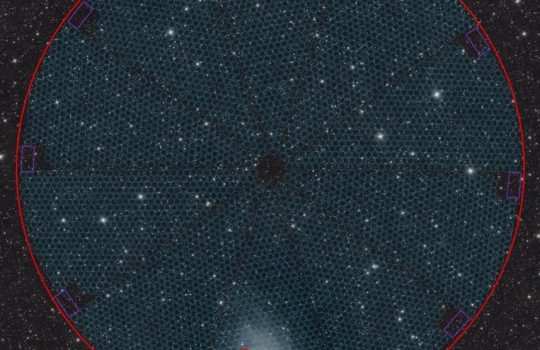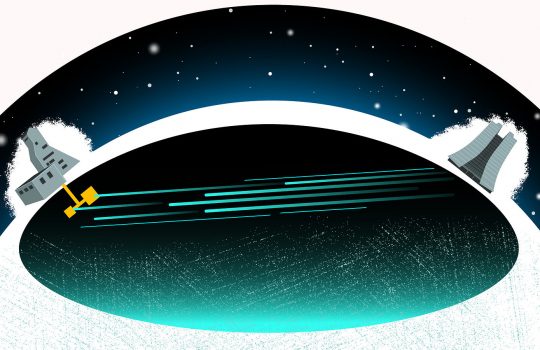Fermilab’s photographer extraordinaire retires, win a trip for two to the LHC, can you spot an encroaching drone?
From Physics World, Nov. 1, 2019: Many science journalists will be familiar with the work of Reidar Hahn, who is retiring after 32 years as Fermilab’s staff photographer. On Nov. 6, Fermilab’s art gallery is putting on a show of Hahn’s personal work called Collections, which will run until Jan. 3, 2020.


